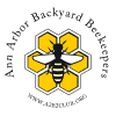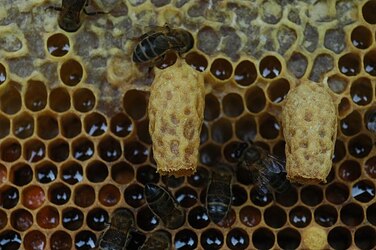 Absent? One of the most common problems beekeepers think they face is a colony that is queenless. I say “think” because sometimes a seemingly queenless colony isn’t actually queenless. Just understanding the biology behind a queen’s development will help determine if a hive is truly queenless. First, let me say that you don’t always have to see your queen when inspecting a hive. If you spot eggs (single eggs laid in the middle of the bottom of a worker-sized wax cell), then you had a queen in that hive at least 3 days ago. Similarly, if you see small, C-shaped larvae, then your hive had a queen at least 6 days ago. If you only spot big, fat larvae or capped brood cells, depending on the time of year (you may not see eggs in the fall), you may have a queen issue. Also, multiple eggs in cells or eggs laid on walls of the cells or drone brood sticking out of worker-sized cells may be an indication of a laying worker hive that has been queenless for at least 6 weeks. Brief The development cycle of a queen from an egg to an adult is the quickest of all the honey bee castes, lasting only 15-16 days. An egg is an egg for 3 days, then hatches into a larva. A larva that will develop into a queen is fed only royal jelly by the nurse bees and is a larva for 6 days. On the 9th day, the cell of a queen, much larger than that of a worker or drone (looks like a peanut hanging off the side or bottom of the frame), is capped. Inside the capped cell, the queen pupates rapidly, emerging (eclosing) from the cell as an adult on day 15 or 16. Cells of queens that have successfully emerged have little, round hatches at the bottom of the cell. Cells of queens that have been killed by other, faster eclosing queens or that have not successfully developed and whose cells were dismantled by the worker bees have oblong holes on the side of the cell. Closure (E-) Right after eclosure, a queen is what is called a virgin queen. She has not mated with any drones and therefore cannot lay fertilized eggs. Before she can go on one or more mating flights, however, she must orientate herself in the hive for about a week and allow her reproductive organs to mature. Her mating flights will be taken in the next 1-2 weeks (weather depending), and then she will typically require close to an additional week to start laying fertilized eggs. All up, from the time a queen ecloses to when she lays her first egg can be up to a month! That doesn’t include the just over 2 weeks from egg to eclosure. Patience is key when allowing a hive to make a new queen from an egg or young larva. More Information: https://extension.psu.edu/an-introduction-to-queen-honey-bee-development
3 Comments
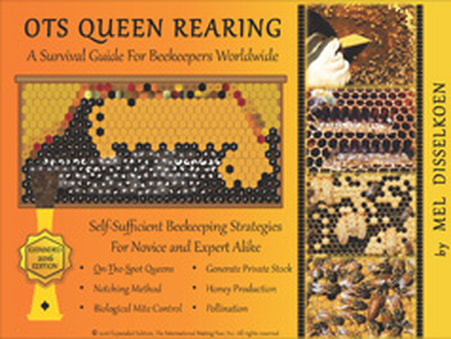 After Solstice OTS refers to a technique refined by queen-rearing expert Mel Disselkoen called On-The-Spot queen rearing. This technique is used with a hive-splitting system to encourage queenless colonies to produce a new, robust queen. Mel developed the OTS system after studying other methods of queen rearing used by G.M. Doolittle and Dr. C.C. Miller. Benefits of using the OTS system include expanding your apiary, increasing honey yield, and producing post-solstice queens (queens eclosed after the summer solstice/end of June in MI) that typically have better winter survival rates. Bottom Wall The crux of the OTS method is using a notching method to elongate cells with either eggs or less than 3-day-old larvae to make room for the bees to turn these cells into queen cells. To do this, you would press the sharp edge of the flat, prying end of your hive tool straight down into the wax bottom wall of the cells and then tilt your hive tool down and back to flatten the area underneath the cells. This artificially elongates the cell and again gives space for the bees to create a queen cell. Cells Here are some tips to remember when using the OTS method. Never allow a split or a start to make a new queen, but encourage full-sized hives with a minimum of 4 frames of brood to make new queens. OTS may encourage bees to produce many queen cells, but you want to leave only 1-2 of the largest cells to discourage fighting amongst the virgin queens. Notching will only encourage bees to make queen cells if there is no queen present in the hive. Bees need an abundance of food and nurse bees to rear a robust queen. More Information: https://www.mdasplitter.com/ 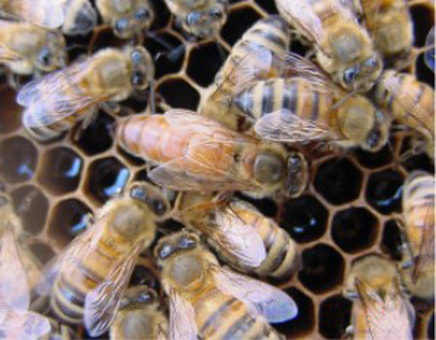 Any Any fertilized honey bee egg can become a queen bee. All larvae are fed royal jelly (a protein-rich substance secreted from a gland in the nurse bee’s head) for the first three days after the egg hatches. After 3 days, larvae chosen to become queens continue to be fed royal jelly while most female larvae start to be fed bee bread (a fermented mixture of pollen and honey) and will become worker bees. Brutal The queen bee does not “run” the hive, but she does somewhat control the actions of the workers through the pheromones she excretes. Queens emit many pheromones that let the workers know she is present and healthy. When the levels of queen pheromones she gives off goes down, the workers will supercede her (i.e. make a new queen). The workers will also make a new queen if the queen dies suddenly or when they are going to swarm. Typically, a hive will make many new queens to ensure the successful raising of a queen, and the first queen to eclose will find the other new queens (sometimes still in their cells) and sting them to death. Count There is usually only one queen in a hive. She is the largest bee because she has an abdomen full of eggs and sperm and is the only female able to lay fertilized eggs. A healthy queen can lay 3,000 eggs per day. About a week after emerging (eclosing), a virgin queen will leave the hive on one or more mating flights. On these flights she will mate with between 10 and 20 drones from other colonies. If the colony doesn't swarm, this is the only time the queen will ever leave the hive. More information: https://extension.psu.edu/an-introduction-to-queen-honey-bee-development |
AuthorJen Haeger is a new master beekeeper and board member of A2B2. Archives
August 2022
Categories
All
|

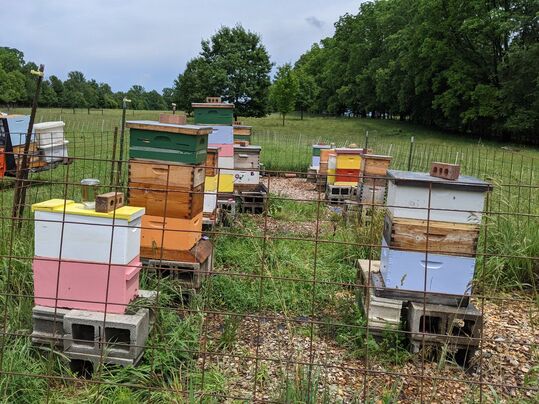
 RSS Feed
RSS Feed
